
Table of Contents
Table of Contents
- Historical Places in Manchester: An Overview
- Historic Landmarks in Manchester
- 1. Beetham Tower
- 2. The Printworks
- 3. Urbis
- 4.
- 5. St Ann’s Square
- 6. Salford Lads’ Club
- 7. St Peter’s Square
- 8. Manchester Town Hall
- 9. Quarry Bank Mill
- 10. Chadkirk Chapel
- 11. Tatton Park
- 12. The John Rylands Library
- 13. The University of Manchester
- 14. Manchester Cathedral
- 15. Elizabeth Gaskell’s House
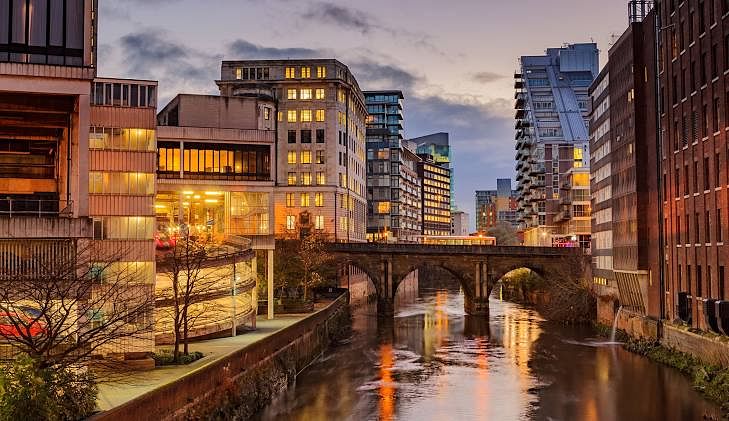
Manchester’s historic sites like the Manchester Cathedral, Chetham’s Library, and the Science and Industry Museum showcase its influence on commerce, science, and the arts. As you explore the city, you’ll see how its rich history seamlessly merges with modern life, making Manchester a city with a remarkable past and promising future potential.
Historic Landmarks in Manchester
1. Beetham Tower
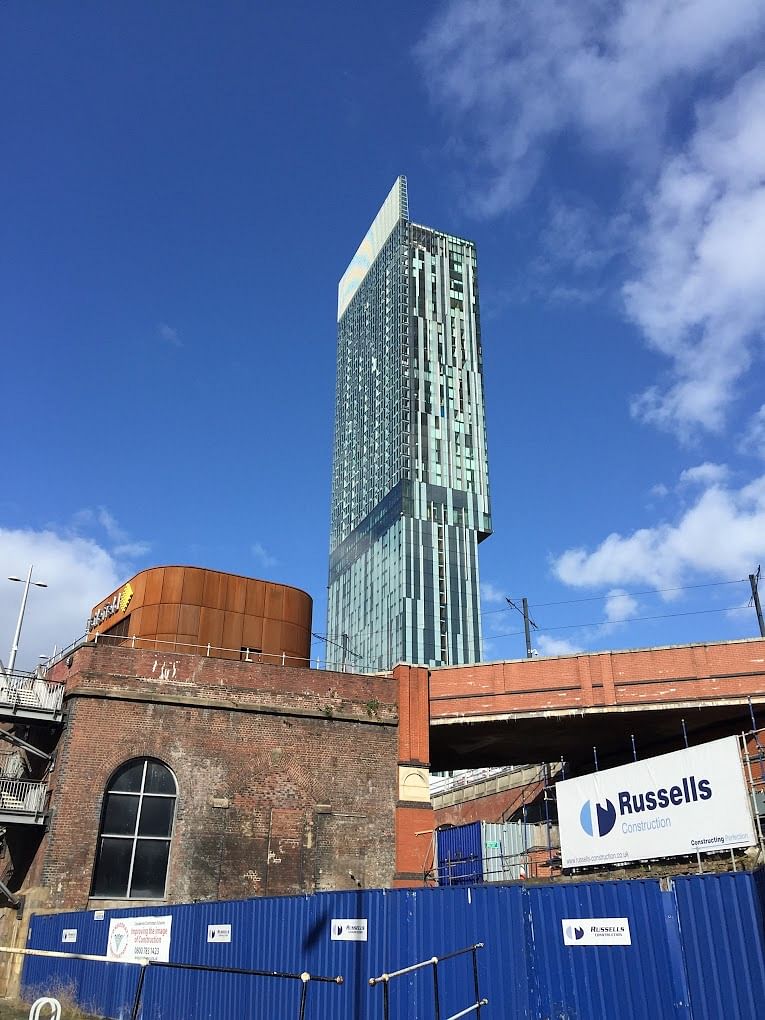
Although not traditional, Beetham Tower symbolises Manchester’s ongoing architectural and economic progress. It includes the Hilton Manchester Deansgate Hotel, luxury apartments, and Cloud 23, an observation bar providing panoramic city views. The tower’s distinctive design and significant height have made it a defining feature of Manchester’s skyline.
Beetham Tower represents Manchester’s dynamic growth and modern accomplishments, linking its rich industrial past to its forward-looking present, establishing its place among the city’s noteworthy landmarks.
2. The Printworks
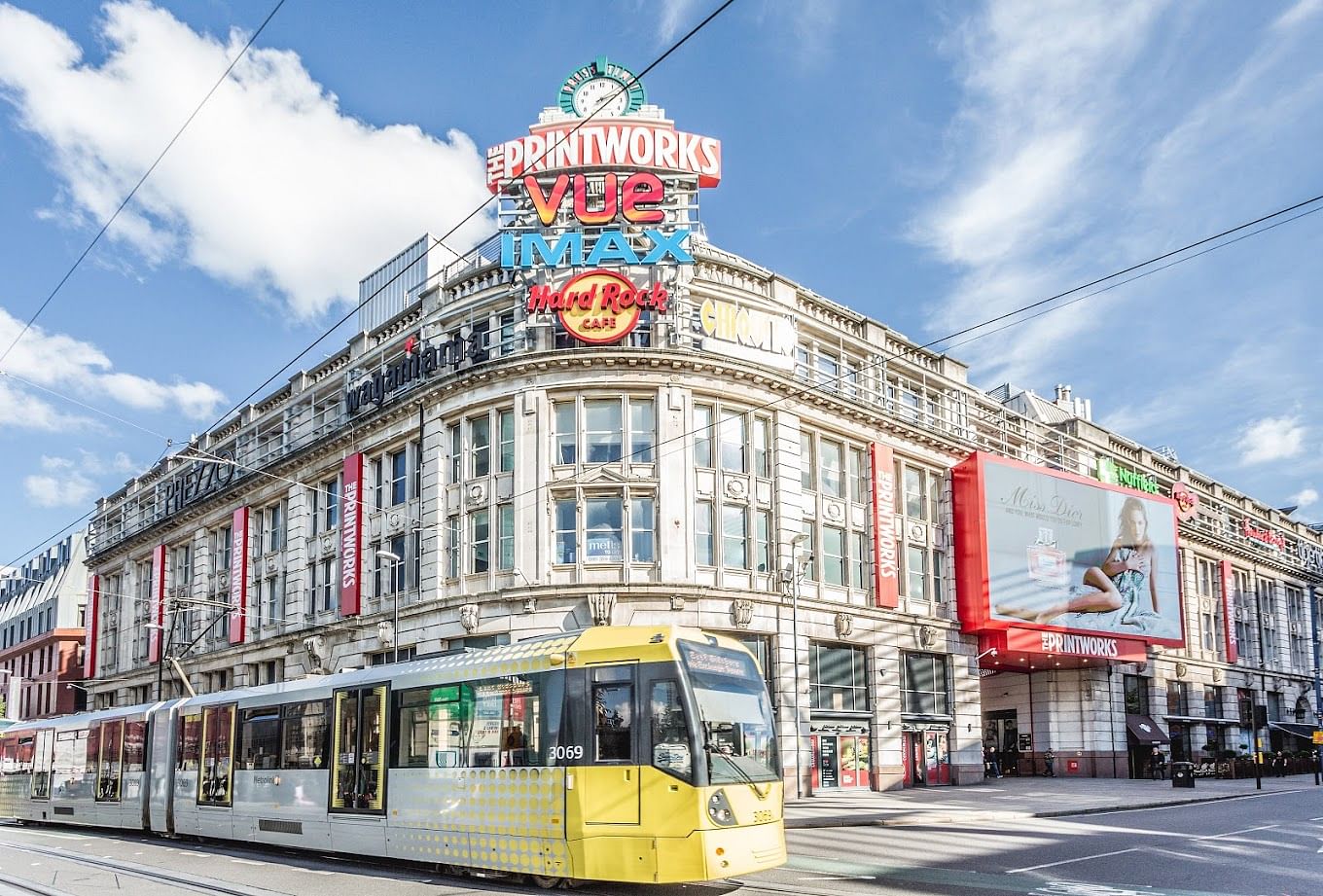
Today, The Printworks is a lively entertainment centre with a variety of bars, restaurants, a cinema, and a health club. It has successfully combined its historical significance with modern amenities, making it a prime example of Manchester’s ability to adapt and preserve its heritage. The building’s iconic façade retains its industrial charm and serves as a reminder of its past. It’s renowned as one of the top historic landmarks in Manchester.
3. Urbis
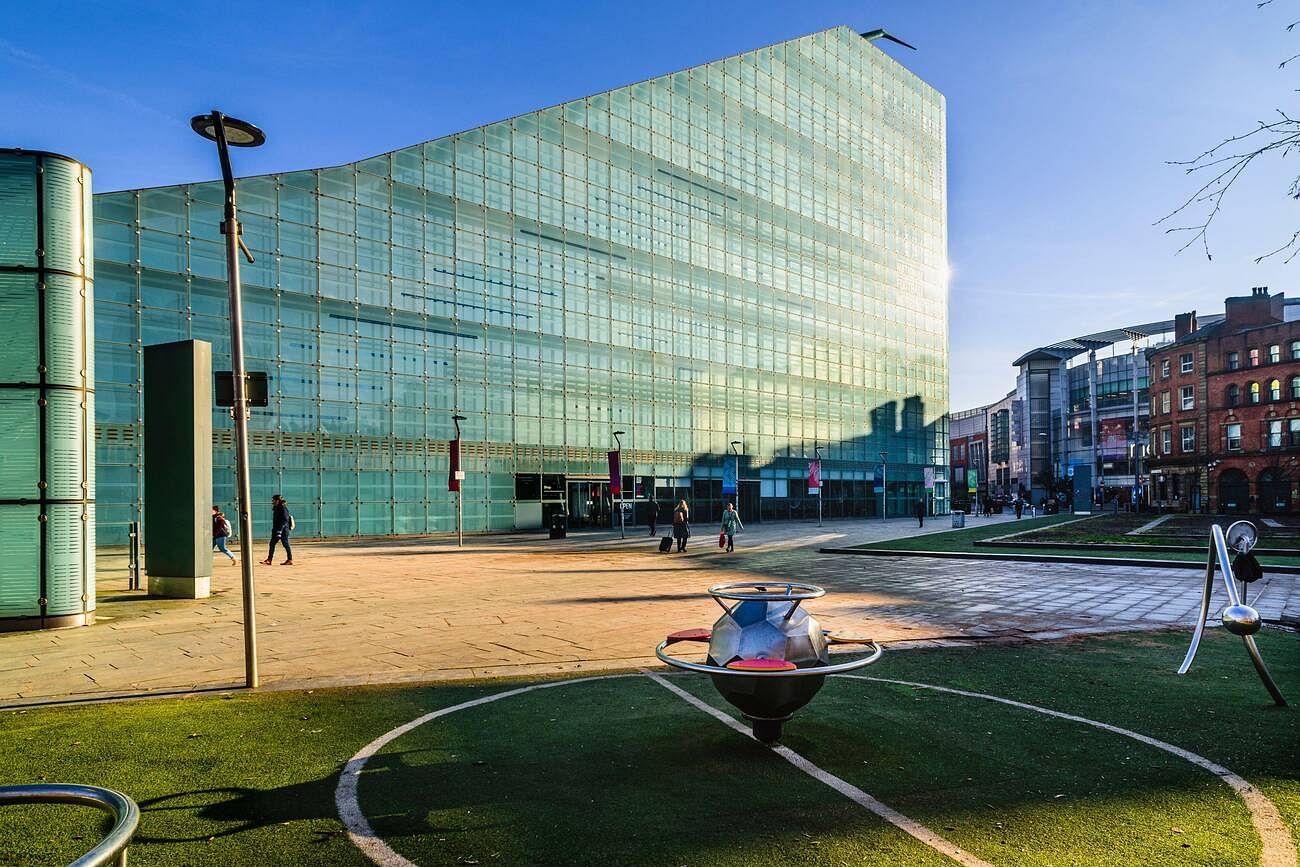
Despite its modern design, Urbis integrates well with Manchester’s historic landscape and offers extensive exhibits on football’s history. This makes it a vibrant cultural hub, reflecting both the historical depth and modern vibrancy of Manchester.
Suggested Read : 30 Best Local Food in Manchester: Savor Manchester!
4. Central Library
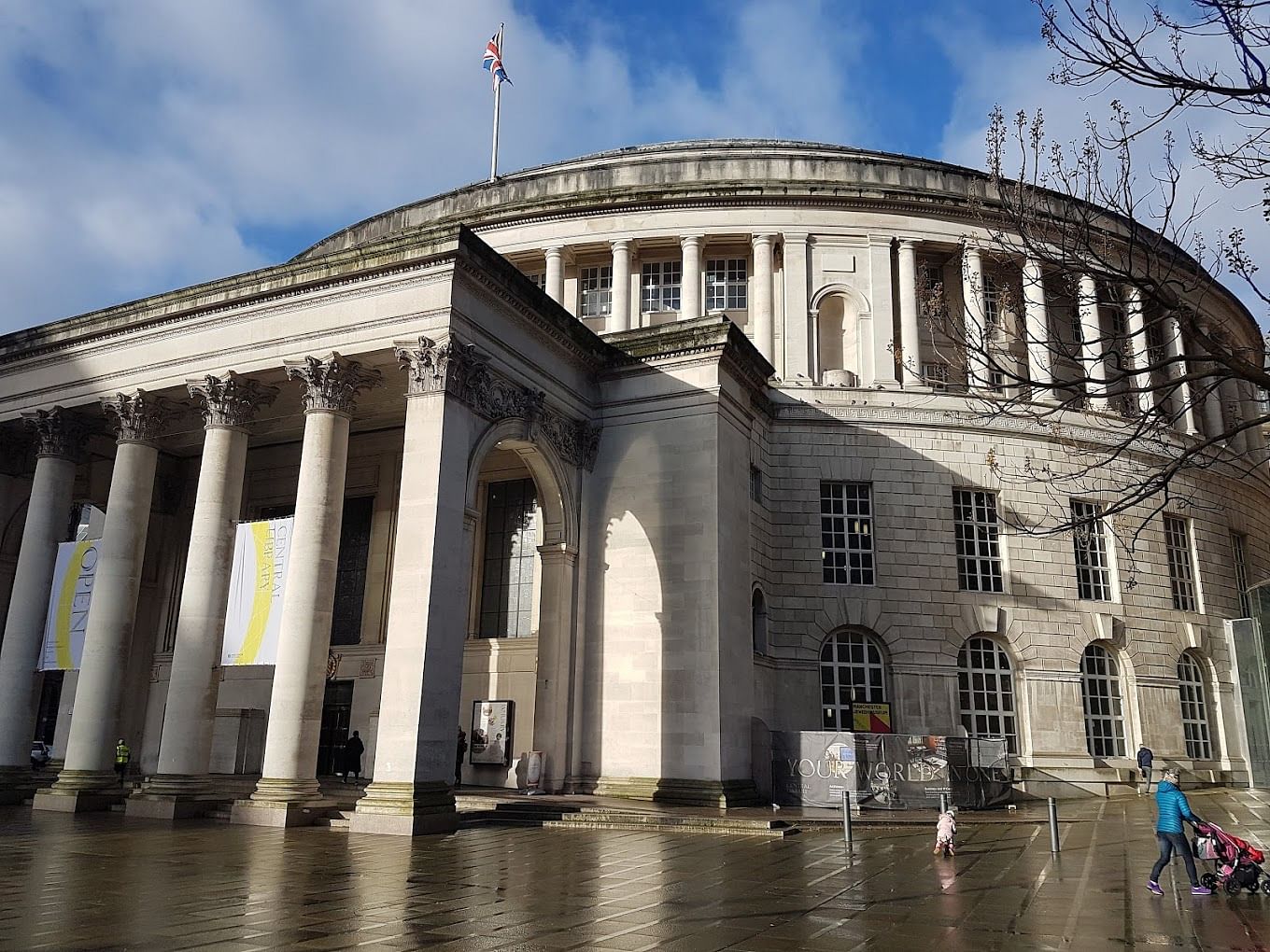
Inside, the library houses a large collection of books, archives, and special collections, providing a valuable resource for scholars, researchers, and the general public. The Reading Room, with its elegant columns and peaceful atmosphere, is a perfect place for study and reflection.
The library underwent a major renovation in 2014, updating its facilities while preserving its historical significance. This included adding new technology and expanding public spaces to meet modern needs while respecting its heritage.
As a cultural and educational centre, the Central Library hosts a variety of events, exhibitions, and workshops, creating a lively community spirit. Its combination of historical beauty and modern functionality embodies Manchester’s dedication to learning and innovation. It’s one of the popular historical sites in Manchester.
5. St Ann’s Square
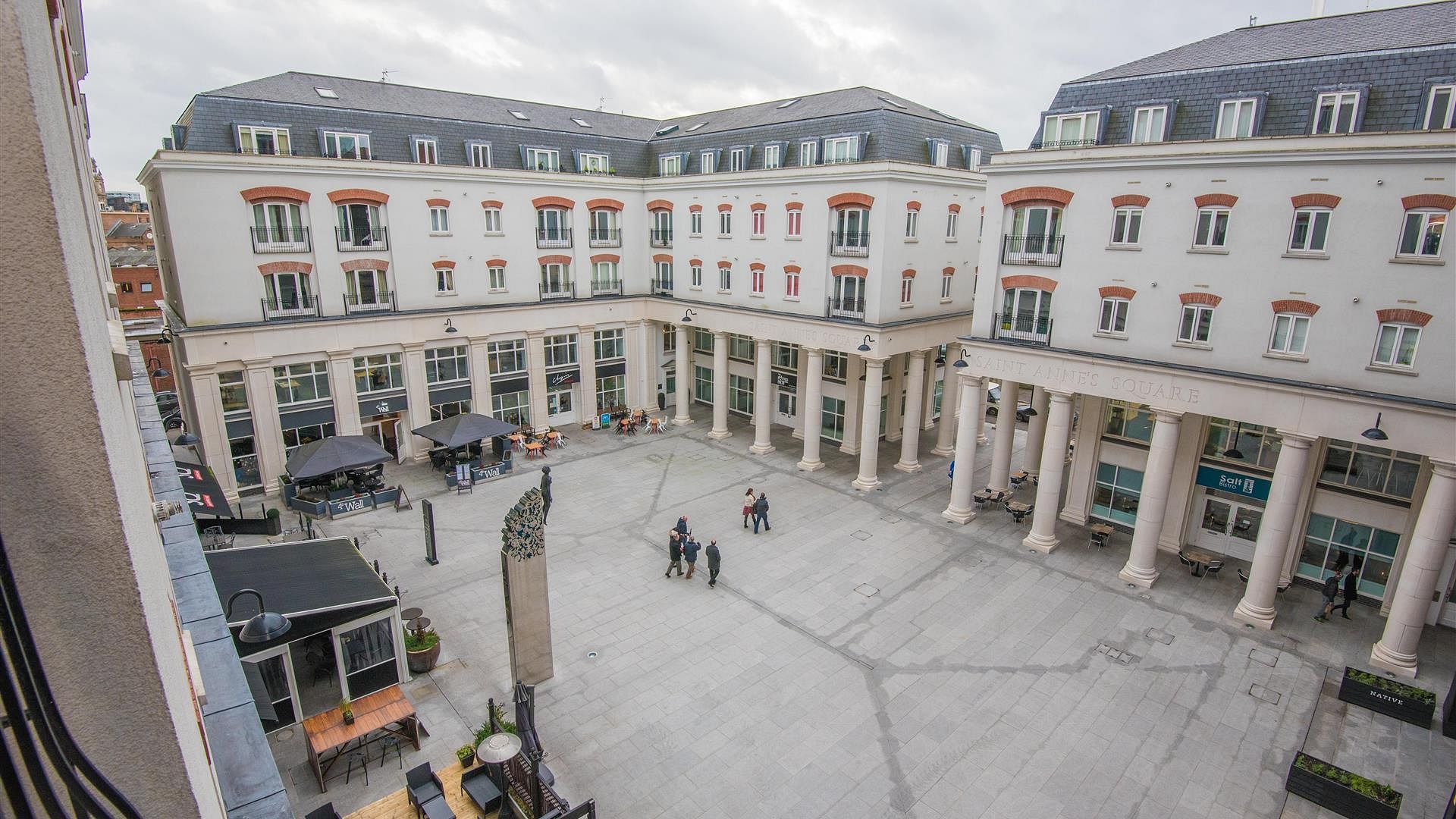
Throughout the year, there are events in the square. These include markets, festivals, and celebrations. This makes the area lively and interesting. St Ann’s Square and Church show how Manchester combines history with modern life. It’s a special place for both locals and tourists who want to relax and enjoy culture.
6. Salford Lads’ Club
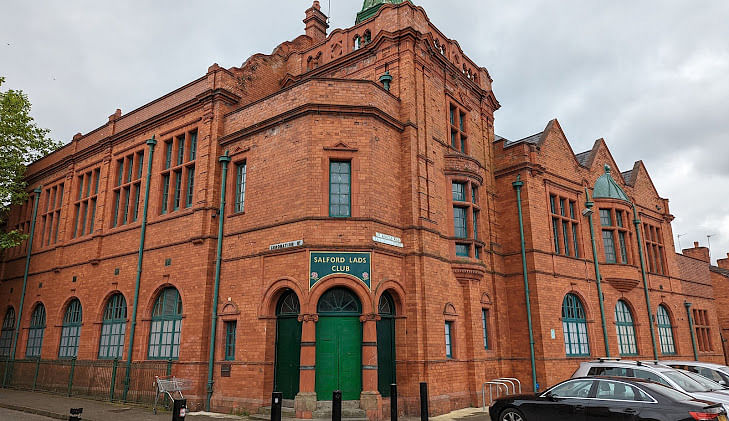
The club’s architecture is a good example of Edwardian style, seen in its red-brick front and detailed design. It keeps its original goal by providing a variety of activities and programs to help local young people.
People who visit Salford Lads’ Club can learn about its history through guided tours and displays that show off items and pictures from its past. The club stands as a lasting symbol of community spirit and strength, reflecting the values of togetherness and opportunity that define Manchester’s cultural background.
Suggested Read : Top 15 Airbnbs in Manchester: Perfect for your next stay
7. St Peter’s Square
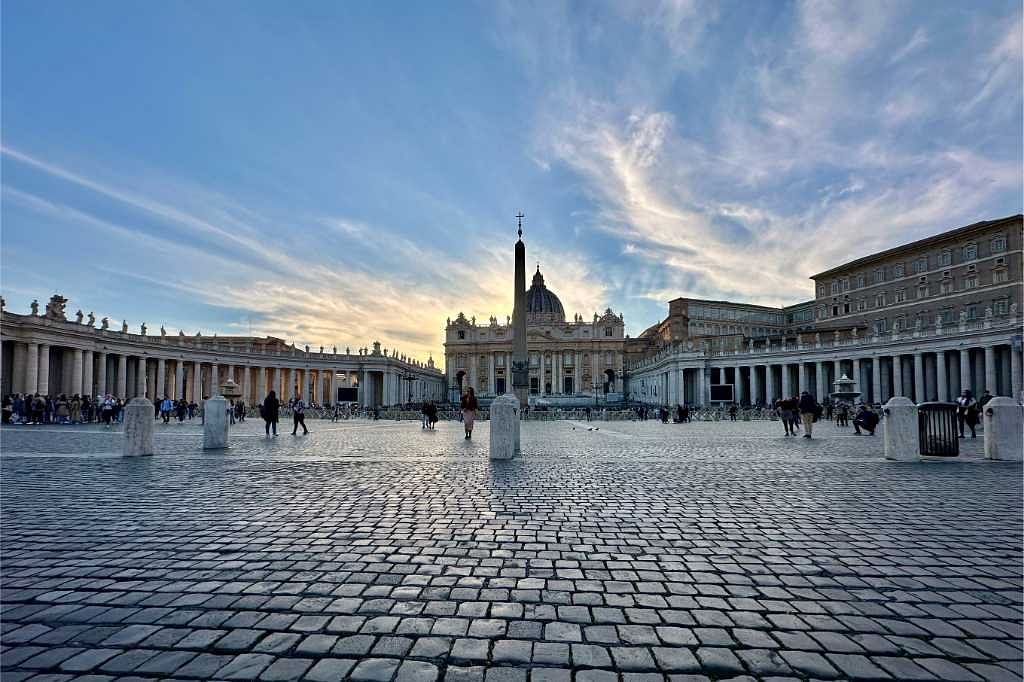
The famous Midland Hotel, opened in 1903, has a rich history. The Queen Mother dined there, and it’s where Charles Rolls and Henry Royce met, leading to the formation of Rolls-Royce. During World War II, Adolf Hitler reportedly wanted to use the hotel as a Nazi headquarters, so he avoided bombing the area.
Manchester’s Cenotaph, commemorating the First World War, is located here, surrounded by additional memorials for later conflicts. The memorial was unveiled in 1924 and is still the centre of Manchester’s Remembrance events.
St Peter’s Square is also significant because of the Peterloo Massacre in 1819. This event has had a major impact on the country’s political and democratic landscape.
8. Manchester Town Hall
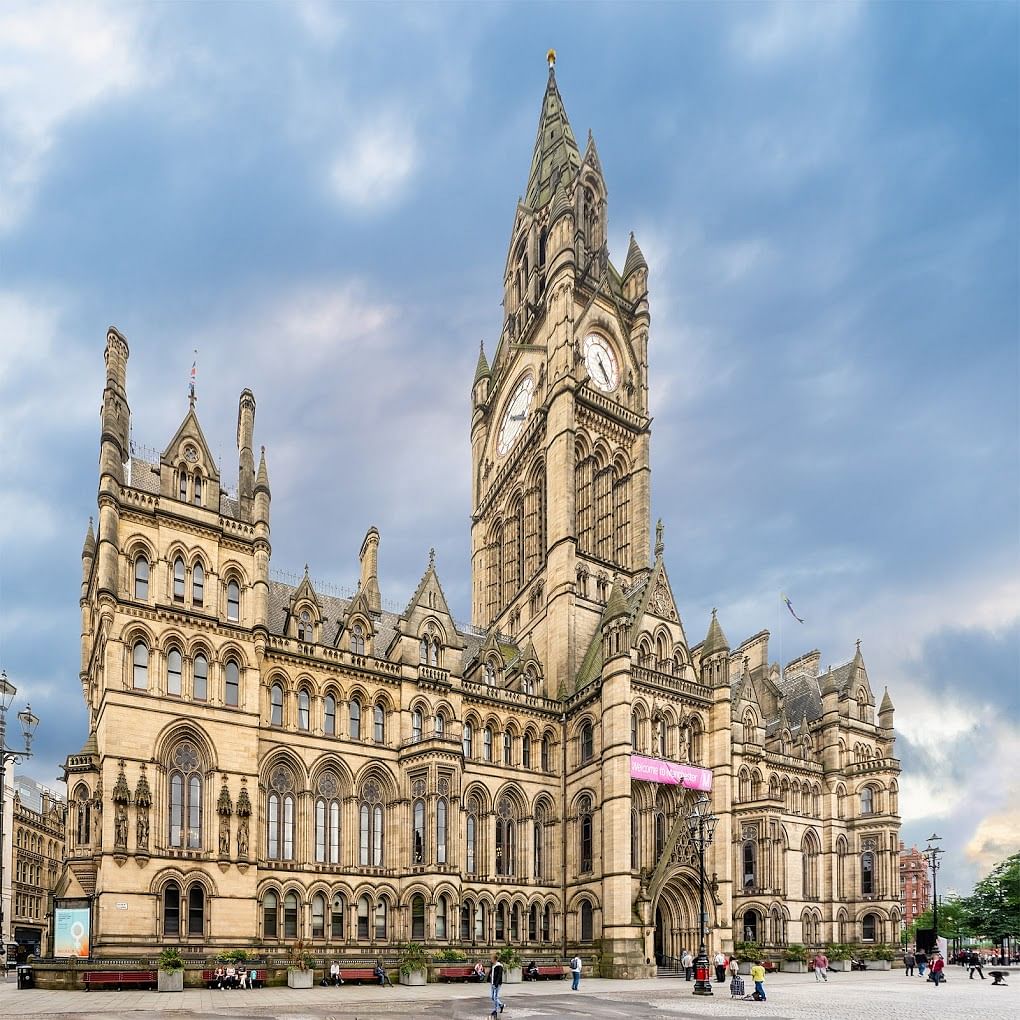
Despite the closure of the main building, the extension in St Peter’s Square remains open for business. The Town Hall’s closure started at the beginning of 2018, and during this time, Albert Square has been used for various events such as Christmas markets and light switch-ons. Visiting here is a must since it is one of the best places to visit in Manchester Europe.
9. Quarry Bank Mill
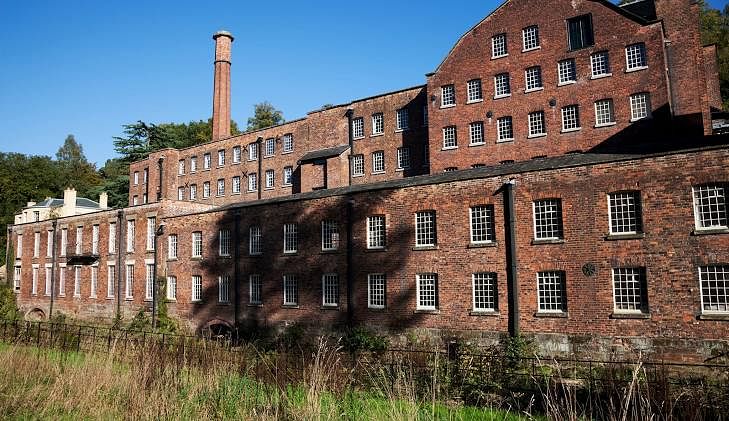
10. Chadkirk Chapel
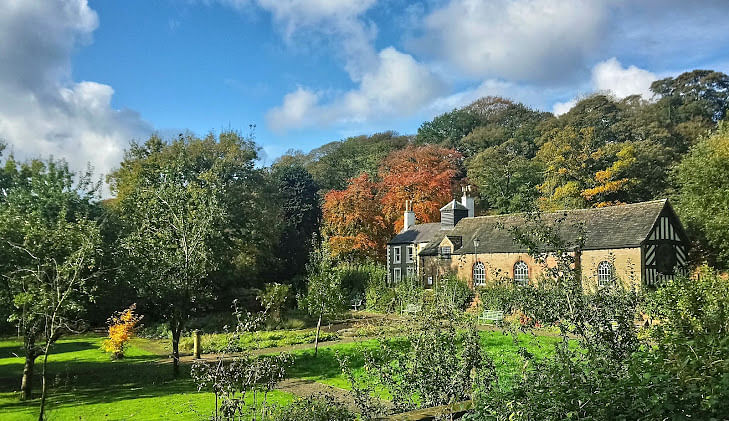
11. Tatton Park
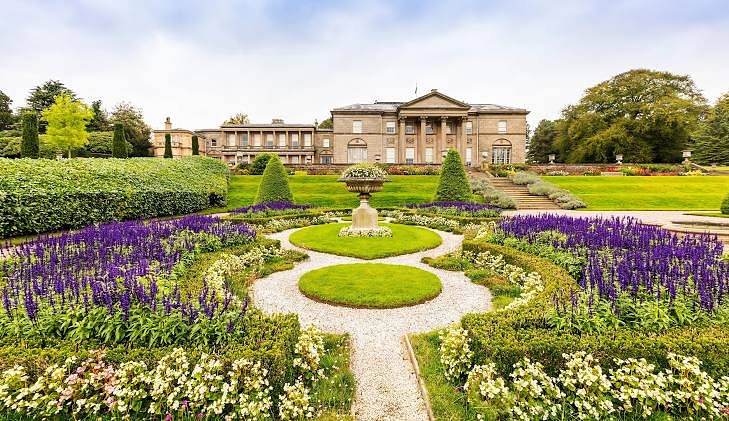
Need some fresh air? Head out to the estates’ working farm and meet some very special, rare animals, before taking a stroll around the deer park and extensive green land. The grounds also have an on-site café called The Stables that is open to serve hold and cold food and drinks, but visitors are also permitted to eat a picnic by the lake if they’d prefer. Basically, it’s the perfect, affordable, family day out.
12. The John Rylands Library
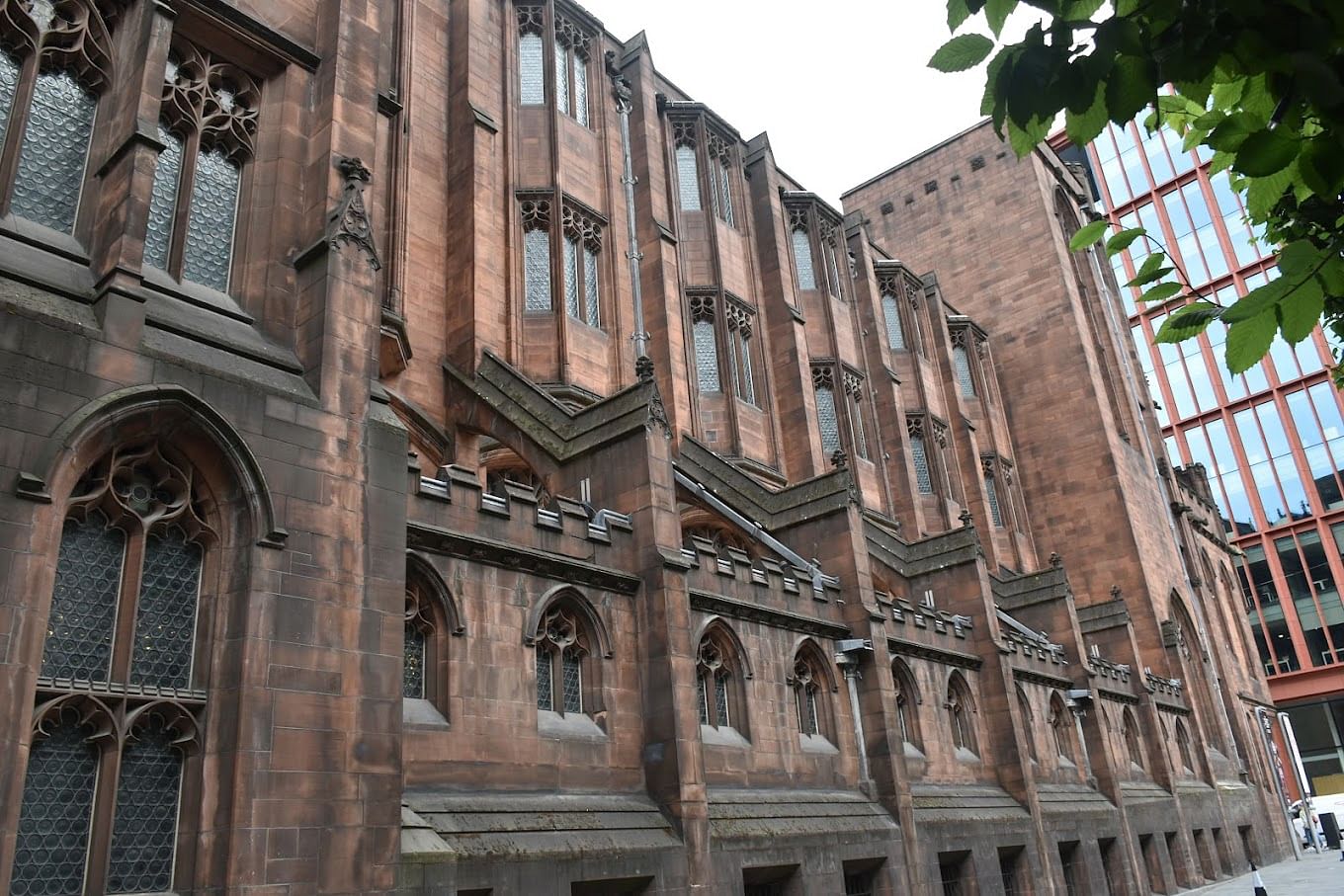
13. The University of Manchester
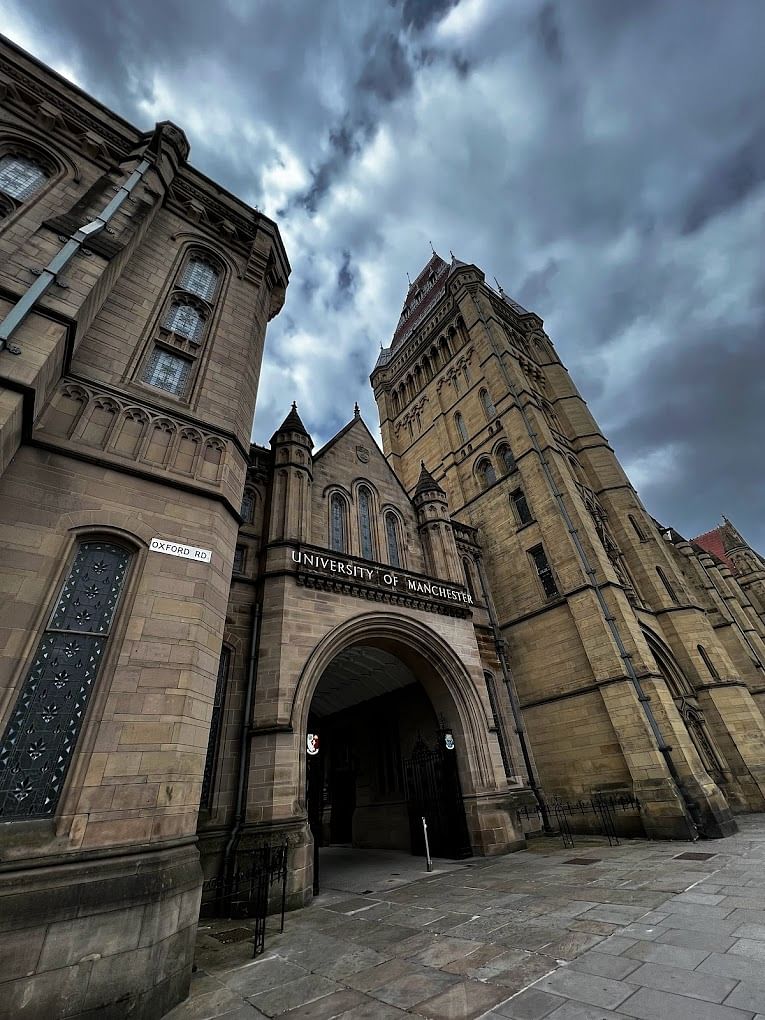
14. Manchester Cathedral
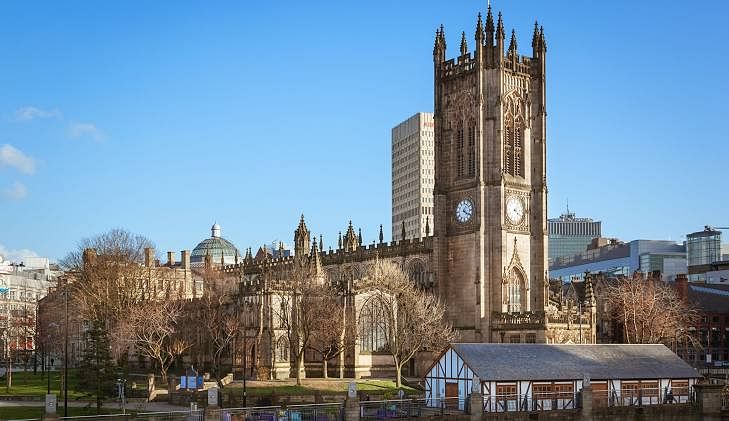
Suggested Read : 16 Best Cafes In Manchester: Discover Now!
15. Elizabeth Gaskell’s House
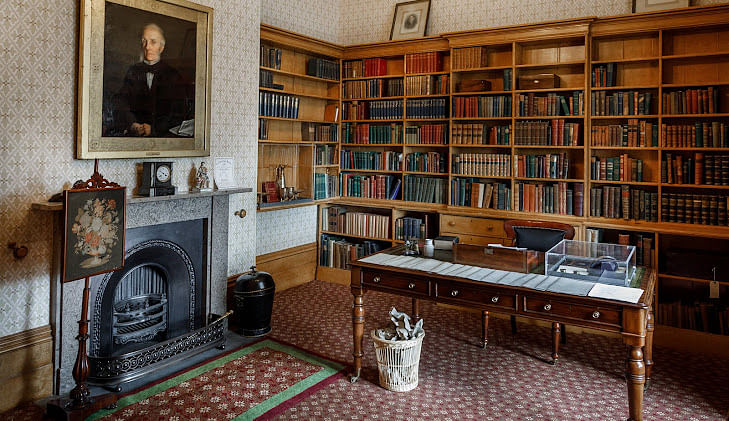
Her most famous novels include Cranford (1851–53), North and South (1854–55), and Wives and Daughters (1865), many of which you’ll recognise from reading the Radio Times over the years after the BBC made adaptations for telly. Her house was acquired by the University of Manchester and then bought by the Manchester Historic Buildings Trust who raised money to renovate it and open it to the public.
Get exclusive travel insights & updates into your inbox!
*By clicking subscribe you'll receive emails from WanderOn.

Shrutika Parab
★★★★★24 May 2024
“Thank you Team Wanderon for the amazing Ladakh Experience. Right from the point of making the bookings with Mr. Chakshu to the point of completion of the trip received amicable support.

Sonal Shekhar Dash
★★★★★9 May 2024
“I did my first solo trip in India with WanderOn. Initially I was sceptical about their Meghalaya-Kaziranga trip as I didn't have any prior experience with them but the team assured me that it's going to be one of the best experiences of my life.

Archana Awati
★★★★★30 Apr 2024
“In Ladakh, find the perfect blend of culture, adventure, and serenity. December last year I decided that my next trip would be Ladakh but didn’t know how to go about it. I knew I wanted to travel in a group, as I had prior experiences of traveling in a group but wanted an organiser I could trust. Ladakh isn’t like other destinations wherein you need some instructions due to the high altitudes.

Kartik Dilawari
★★★★★4 Jul 2024
“After an amazing trip to Tirthan with WanderOn, I decided to go to Manali-Jispa with them and yet again, the experience was worth every penny. The place was very beautiful and the quality of service was top-notch, the itinerary was very good and the quality of transportation and stays were very good. Had an awesome time there and made some good friends as well. Lastly, our trip captains Priyasha and Rachit managed the entire trip very well and were so fun and made our trip an experience worth remembering.
FAQ'S
01
Are there any guided tours available for exploring Manchester historical places?
Yes, there are guided tours available in Manchester that explore historical places such as the Roman fort at Castlefield, Manchester Cathedral, and other significant landmarks throughout the city.
02
Is it possible to see all of Manchester major historical attractions in one visit?
03
Are there any special events or exhibits related to the historical sites of Manchester that visitors should be aware of?
04
How can visitors access additional resources or information about the history of each site before visiting?
WanderOn Special

WANDERON EXPERIENCES PVT LTD
3rd Floor, Building No-436, Phase IV, Udyog Vihar, Sector-18, Gurugram, Haryana-122015



